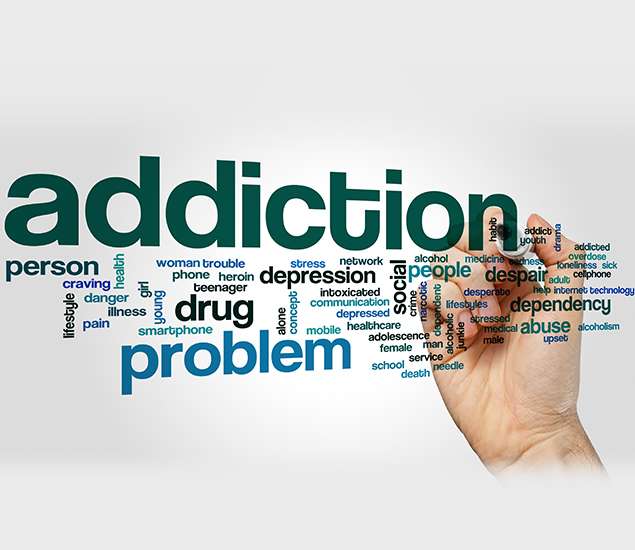How Addictive Is Percocet®: Abuse And Overdose
In the world of high-level pain killers, Percocet® is a very powerful and effective drug. A combination of the semi-synthetic opiate oxycodone and acetaminophen, it is a fast-acting and long-lasting drug. Pain relief can be immediate and last for up to five hours. It is commonly prescribed for patients for those very reasons.Percocet is a…


